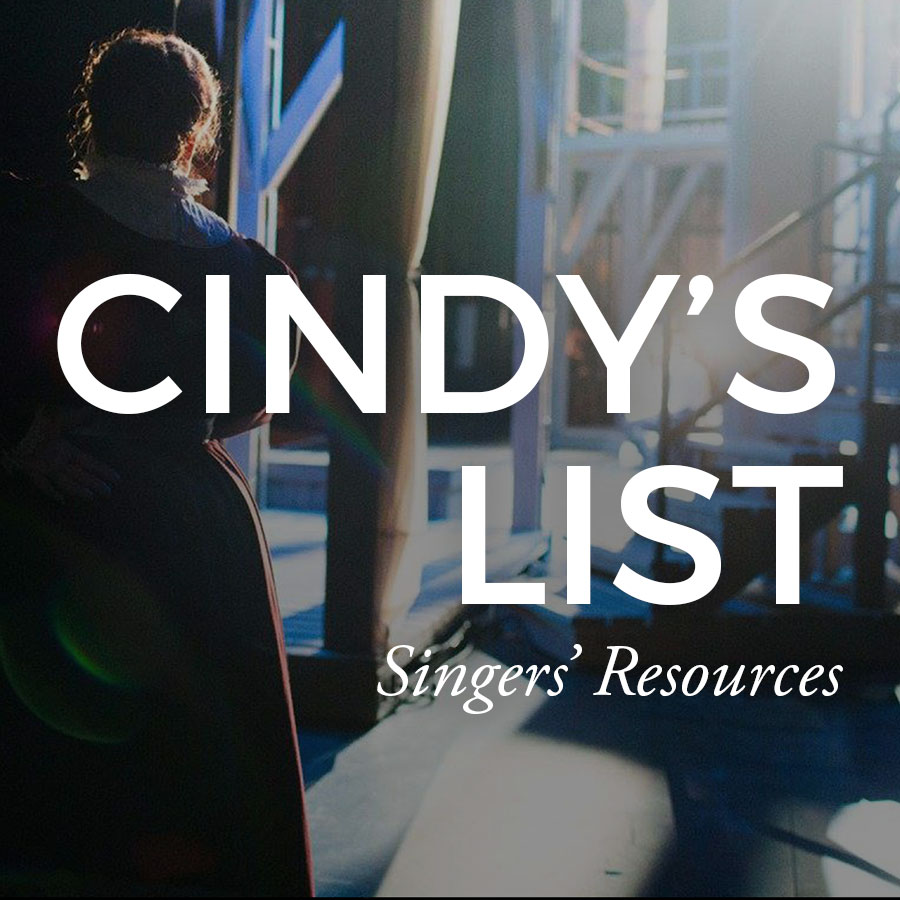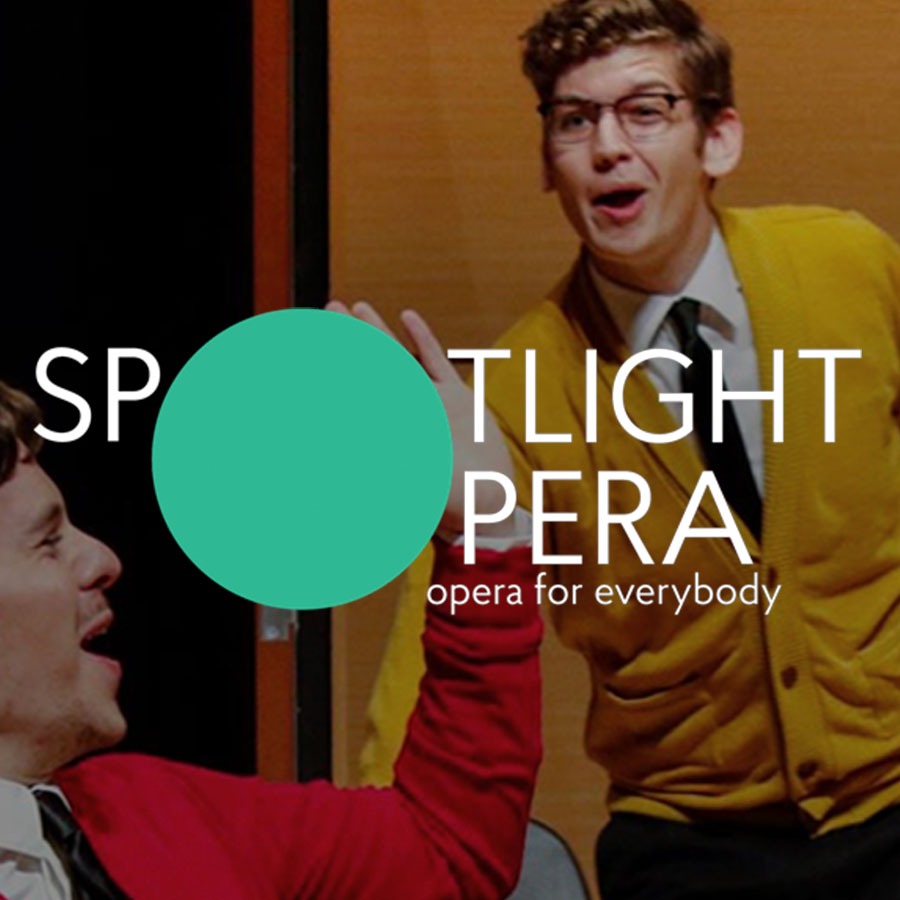Today, a fellow singer tried to recruit me for her MLM scheme and could not understand why I was not interested in a company that claimed to support diversity, but whose advertisement showed only thin, white, upper-middle-class suburban women.
Today, Dana Lynne Varga of The Empowered Musician focused singer community attention on a tone-deaf article published by CSMusic, the singers’ trade magazine. CS quickly removed the piece, but it can be seen here. The article is ostensibly about the philanthropic efforts of a kind arts supporter who saw a need to provide audition attire for aspiring artists. Unfortunately, the (male) writer and the editors failed to see the problem in publishing content in which young female Masters’ and PhD candidates were referred to as “girls”, the appropriateness of women’s bodies for the stage was repeatedly referenced, the language excluded transfolk, and a mention of Manhattan School of Music’s audition panelists judging women by their appearances over their talents went unchallenged.
Yesterday, Facebook’s largest community for classical singers nearly imploded over racist incidents that remained unresolved after months of struggle.
Heads up, arts people: we are in the process of rebuilding our world, and it’s not just due to COVID-19. The toxicity that has plagued us for so long was catching up with us long before March 2019. We see it in the sexual harassment and assault scandals and the embarrassingly inadequate way in which many of our institutions have responded. We see it in the ongoing centering of white European art, including modern interpretations that largely fail to center artists of color, body diversity, older artists, LBGTQ, and differently-abled artists. We see it offstage, too, where people from underrepresented communities do not have equal access to careers in arts administration, design, directing, stage management, composition, and other arts-adjacent professions. We see it in an industry that forces artists to foot a large part of the bill for the right to simply work, via application and audition fees, and forces other culture workers to donate exorbitant amounts of time to make sure “the show goes on”, treating both of these as norms.
The arts world needs a makeover. Opera needs a makeover. And now is the time to put our money where our mouths are.
My Master’s in Arts Administration program has a strong emphasis on diversity and inclusion. A few weeks ago, one class did a unit on differently-abled artists. It was the first time anyone had introduced such material to me, and it was both moving and fascinating. It was also thought-provoking. What other areas of diversity are not often explored? That very same day, a video of the teenaged plus-size dancer Lizzy Howell came to my attention, and I shared it. It was inspirational and heart-breaking; people have not always been kind to this talented young woman who continues to win dance scholarships despite existing outside the norm of what the dance world has traditionally considered acceptable. She has even been physically attacked by competitors at competitions.
Most of the responses to my share were positive and supportive of Lizzy. But one person’s takeaway, inevitably, was “why doesn’t she just go on a diet?”
Why assume she hasn't? Why assume she needs to? Why assume that anybody, anybody at all, should have to change their body to appease you? Art reflects and amplifies life, and life comes in all shapes, sizes, colors, ages, and abilities. Why impoverish the world by insisting that only a very narrow range of humanity be represented?
Why impoverish the world by insisting that only a very narrow range of humanity be represented?
This incident made me realize that we had not discussed body diversity or ageism in my class. I put together some links and sent them to our professor, who immediately acknowledged them and promised to make time to discuss these issues and make them part of the curriculum moving forward (what a dream response)! Small actions can add up to small victories, and small victories can become big ones.
These incidents inspired me to post an informal poll in a social media group for voice teachers and singers. The chart below shows the admittedly very limited results. However, it’s a useful conversation-starter, especially for introducing areas of diversity that may be overlooked in our personal and professional arenas.
While it’s not really news that diversity and inclusion are a problem everywhere, the arts have been paying lip service to the concept for years now without taking much concrete action (raise your hand if your institution slapped a “Black Lives Matter” statement up on your website after George Floyd’s murder and hasn’t really done anything since). Changing that dynamic is a critical part of moving forward as an industry. It must happen in schools, producing organizations, agencies, and advocacy organizations.
Start with conversation.
How often do you discuss diversity and inclusion at your school, producing organization, or agency?
If you discuss diversity and inclusion, what do you discuss? BIPOC, LBGTQ, gender equity? Do you ever discuss differently-abled people? Body diversity? Age diversity? Why? Why not?
What does diversity mean to you? What does inclusion mean?
Who is represented among your Board of Directors, your faculty, your staff, your student body, your artists? How may BIPOC? LBGTQ? Differently-abled people? Is there body and age diversity?
How often is the rainbow of diversity represented on your stage?
Who is represented on your website, and are they representative of your organization’s makeup or the constituency you serve?
Does your organization have an official diversity statement?
What actions do you take to support that statement?
Could diversity become part of your mission statement?
Do you have donors, Board members, faculty, staff, or other team members who do not support diversity and inclusion or whose thought patterns, speech, and value may be stuck in the past? Have you spoken to them about it? What is your plan for working with them moving forward?
Could diversity become part of your mission statement?
When looking for an image to accompany this post, it was easy to find graphics that represented people of many different races and ethnicities, and usually, there were a couple of folks in wheelchairs to serve as a shorthand for the differently-abled community. It was much harder to find a photo or graphic that included people of different ages and body types. I ended up commissioning one (thanks, Janine Dworin!).
It’s past time to use art to normalize the vast rainbow of human variety, in both the images we center and the stories we tell. Don’t get me wrong, I will never give up my Verdi, Puccini, Wagner, Mozart, and Massenet. But I want to see someone who looks like me playing a role other than a maid or a mother. I want to experience wonderful stories that are about other things than the drama of the young, the misbehavior of white European nobility, or the accomplishments of men. Why can’t the next opera be about a blind person who solves a murder or the life of Maxine Waters? Personally, I think the Netflix show Pose would make an amazing musical, and the amazing Billy Porter could reprise his role.
Culture workers, it’s the question of the decade, if not the remainder of the 21st century. What will you do to normalize diversity and inclusion in the arts?






